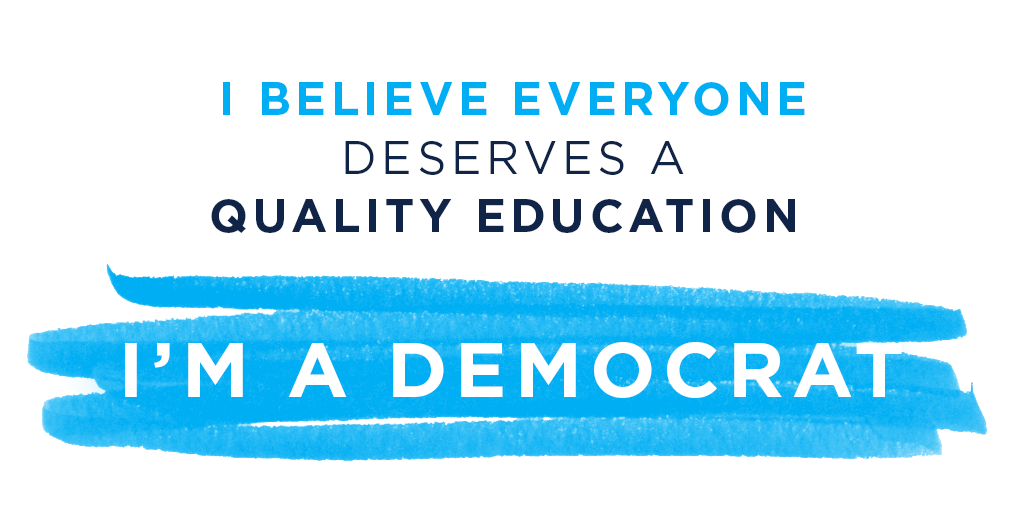The House SNAP bill is harsh. The Congressional Budget Office (CBO) estimates it would deny SNAP to approximately 3.8 million low-income people in 2014 and to an average of nearly 3 million people each year over the coming decade. Those who would be thrown off the program include some of the nation’s most destitute adults, as well as many low-income children, seniors, and families that work for low wages. The people the bill would cut off SNAP include but are not limited to:
- 1.7 million unemployed, childless adults in 2014 who live in areas of high unemployment — a group that has average income of only 22 percent of the poverty line (about $2,500 a year for a single individual) and for whom SNAP is, in most cases, the only government assistance they receive (this number will average 1 million a year over the coming decade);[4]
- 2.1 million people in 2014, mostly low-income working families and low-income seniors, who have gross incomes or assets modestly above the federal SNAP limits but disposable income — the income that a family actually has available to spend on food and other needs — below the poverty line in most cases often because of high rent or child care costs. (This number will average 1.8 million a year over the coming decade.) In addition, 210,000 children in these families would also lose free school meals;
- Other poor, unemployed parents who want to work but cannot find a job or an opening in a training program — along with their children, other than infants.

See Table 1 for a summary of the bill’s major SNAP benefit cuts and Table 2, below, for the detailed CBO cost estimate of the bill.
 Proponents mischaracterize some of the proposal’s severe provisions as “work requirements.” In fact, various provisions would terminate basic food assistance to people who would take any job or job training opportunity offered but cannot find one; the proposal does not require states to provide jobs or job training, and it includes no added funds for these activities. Moreover, although proponents stress the need to promote work, the proposal would eliminate or reduce assistance to substantial numbers of working families who are paid very low wages — and often incur significant work-related expenses, such as for child care — and consequently struggle to afford sufficient food.
Proponents mischaracterize some of the proposal’s severe provisions as “work requirements.” In fact, various provisions would terminate basic food assistance to people who would take any job or job training opportunity offered but cannot find one; the proposal does not require states to provide jobs or job training, and it includes no added funds for these activities. Moreover, although proponents stress the need to promote work, the proposal would eliminate or reduce assistance to substantial numbers of working families who are paid very low wages — and often incur significant work-related expenses, such as for child care — and consequently struggle to afford sufficient food.
Proponents’ rhetoric about the importance of work also overlooks the fact that most SNAP recipients who can work do so. More than 80 percent of SNAP households with at least one working-age, non-disabled adult worked in the year before or after receiving SNAP.[5]
The proposed cuts would be on top of a substantial across-the-board benefit reduction for all SNAP households that takes effect in November. Benefits will be reduced, for example, by $36 a month for all families of four on SNAP (about $400 over the course of fiscal year 2014).[6] The proposed House cuts also come at a time when the economy continues to struggle to create sufficient jobs and the share of adults with jobs remains only slightly above the level to which it fell at the bottom of the recession. The economy is creating only 150,000 to 200,000 jobs a month, not much more than needed just to keep up with population growth. As Figure 1 shows, there are three unemployed workers for every job opening.
Though SNAP benefits are modest, at an average of less than $1.40 per person per meal,[7] SNAP is the nation’s foremost tool against hunger and severe hardship, particularly during recessions and periods of high unemployment. During the recent recession, SNAP performed as it was designed to: as millions of Americans lost their jobs and fell into poverty, SNAP responded to the increase in need, helping to avert the harshest impacts of the recession while also providing a boost to the economy.

[4] The bill’s provisions removing the ability of states to secure waivers for high-unemployment areas from a rule that cuts off benefits after three months for unemployed adults who aren’t raising minor children would, by itself, terminate benefits to more than 2 million individuals in 2014. The proposal also would retain and modify a provision of current law allowing states to exempt a modest fraction of these individuals from the benefit cut-off. CBO estimates the number people cut off in 2014 once these exemptions are taken into account to be 1.7 million. See “Cutting Off Unemployed Childless Adults Even When Jobs Are Scarce,” below, for a discussion of these issues.
[5] Dorothy Rosenbaum, “The Relationship Between SNAP and Work Among Low-Income Households,” Center on Budget and Policy Priorities, January 29, 2013, http://www.cbpp.org/cms/index.cfm?fa=view&id=3894.
[6] Stacy Dean and Dottie Rosenbaum, “SNAP Benefits Will Be Cut for All Participants in November,” Center on Budget and Policy Priorities, Revised August 2, 2013, http://www.cbpp.org/cms/index.cfm?fa=view&id=3899.
[7] This level is currently close to $1.50 per person per meal but will automatically drop to less than $1.40 on November 1.

